Seismic reflection surveys
Type of resources
Available actions
Topics
Keywords
Contact for the resource
Provided by
Years
Formats
Representation types
Update frequencies
Scale
Resolution
-
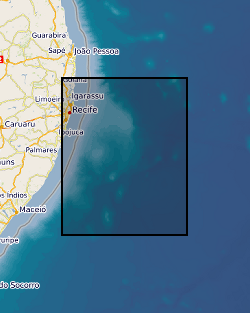
The dataset consists of: (1) Listing of full site survey package of geophysical data held in the IODP Data Bank in support of proposal 864. Details of how to obtain existing freely available or commercial proprietary data are included. (2) Final version of Full Science Proposal 864, which contains: description and illustrations of the regional stratigraphy of Pernambuco Plateau, as interpreted by the Virtual Site Survey project; site summary sheets for all proposed drill sites based on the Virtual Site Survey. (3) A complete list of all deliverables associated with this project is provided in the Data Archiving Report.
-
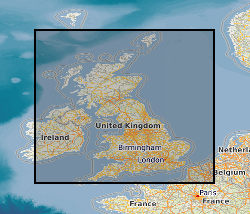
This digital data set contains original files of seismic reflection survey sections. Most data are within the UK Onshore area; although there are some UK near-shore and offshore (North Sea, Irish Sea) and foreign data. Most data were acquired for commercial hydrocarbon exploration and subsequently provided to BGS for use on specific projects. Some data were acquired by BGS and other public-sector bodies, e.g. BIRPS (British Institutions Reflection Profiling Syndicate), for academic research. These data are used for workstation-based interpretation. Some are kept as archive copies. There are approximately 50 tapes and 15 Exabyte cartridges. The data are mostly concentrated in areas prospective for coal, oil and gas.
-
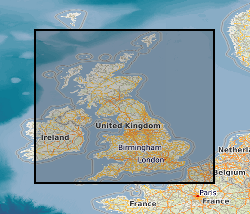
This document data set contains paper copies of many of the seismic reflection survey sections from the original seismic sections data set (ORIGSEISECS) . These have been made for interpretation. Most data are within the UK onshore area; although there are some UK near-shore and offshore (North Sea, Irish Sea) and foreign data. Most data were acquired for commercial hydrocarbon exploration and subsequently provided to BGS for use on specific projects. Some data were acquired by BGS and other public-sector bodies, e.g. BIRPS (British Institutes Reflection Profiling Syndicate ), for academic research. The documents are dyeline prints or plain-paper photocopies. They are stored folded in boxes, approx 40 sections per box, approx 530 boxes. There are a lot of duplicates, there being an interpreted and uninterpreted copy of many profiles. Mostly concentrated in areas prospective for coal, oil and gas.
-
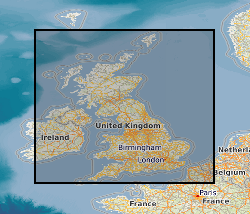
This data set contains the following original data for the deep seismic reflection surveys conducted by the BGS in various parts of the UK. The data consists of observers' logs, surveyors' reports, location data tapes, field data recording tapes and processed data tapes. The processed tapes are at various stages of processing from demultiplexed field data to migrated stack (not all available for all profiles) These data are kept as archive copies. They are generally available for academic and commercial use, subject to payment of fees (and, in a few cases, the agreement of co-owners of the data rights). There are Approximately 20 files of written records and 200 tapes.
-
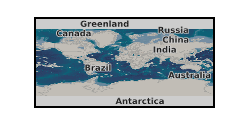
The Seismic Line Index database stores summary administrative information about the collection of printed seismic sections, Original Seismic Sections dataset (ORIGSEISECS). This includes: details of data ownership or source, date of acquisition, purpose of survey, confidentiality, media, survey acquisition and processing parameters, and storage location in BGS. Almost all data are within the UK Onshore area; although there are some UK near-shore and offshore (North Sea, Irish Sea) and foreign data. Most data were acquired for commercial hydrocarbon exploration and subsequently provided to BGS for use on specific projects. Some data were acquired by BGS and other public-sector bodies, e.g. BIRPS (British Institutes Reflection Profiling Syndicate), for academic research. There is also scope to add relevant information about the data held in Copy Seismic Sections (COPYSEISECS) and Original Seismic Shotpoint Location Maps (ORIGSPMAPS) datasets.
-
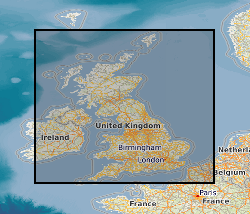
This document dataset contains original prints, on paper, sepia or film, of seismic reflection survey sections, dating from the 1960s. Most data are within the UK onshore area; although there are some UK near-shore and offshore (North Sea, Irish Sea) and foreign data. Most data were acquired for commercial hydrocarbon exploration and subsequently provided to BGS for use on specific projects. Some data were acquired by BGS and other public-sector bodies, e.g. BIRPS (British Institutions Reflection Profiling Syndicate), for academic research. This data set is a master set; copies must be used for interpretation purposes. Documents stored rolled in tubes, approximately 10 sections per tube, approx 850 tubes. The data are mostly concentrated in areas prospective for coal, oil and gas.
-
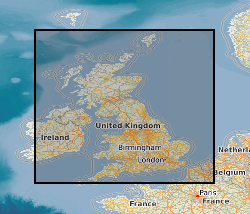
This document data set contains original prints, on paper, sepia or film, of seismic reflection survey location (navigation) maps. These provide the location data for the seismic sections of the Original Seismic Sections (ORIGSEISECS) and Copy Seismic Sections (COPYSEISECS) datasets. Almost all data are within the UK onshore area; although there are some UK near-shore and offshore (North Sea, Irish Sea) and foreign data. Most data were acquired for commercial hydrocarbon exploration and subsequently provided to BGS for use on specific projects. Some data were acquired by BGS and other public-sector bodies, e.g. BIRPS, for academic research. All maps are digitised upon receipt (see LOCSEC database) and then archived in this data set. (Copies used to be used for interpretation purposes but this is no longer the case.) Documents stored rolled in tubes. Approx 800 maps.
-
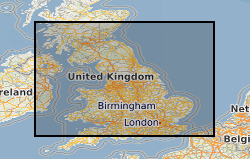
This data set is an archive of original data for the seismic reflection surveys conducted by the National Coal Board (NCB) and its successor, British Coal Corporation (BCC). The data consists of observers' logs, surveyors' reports, (some 3000 files of written records), location data, field data records and processed data. The processed data are at various stages of processing from demultiplexed field data to migrated stack (not all available for all profiles). The data were originally recorded on over 13000 tapes and have been transcribed to more modern media in Tape Image Format (TIF/ARC) to retain the tape block integrity. These data are owned by the Coal Authority (CA), as successor to the NCB and BCC, BGS being the custodian under an agreement with the CA. The Coal authority surveys cover various areas in the UK, shot and processed or reprocessed between 1973-94. There is at an initial estimate half a terabyte of Coal Authority data. The seismic data will be stored as standard format SEGY files which can be read by a variety of software packages designed to manipulate seismic data. Catalogue available.
-
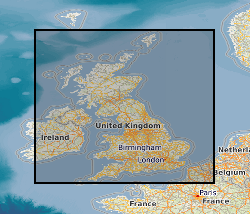
This digital data set contains original files of seismic reflection survey location (navigation) data and dates from the late 1970s. These provide location information for the Digital Seismic Sections data set (DIGSEISECS) and some of the printed seismic sections of the Original Seismic Sections dataset (ORIGSEISECS) and Copy Seismic Sections dataset (COPYSEISECS). Most data are within the UK Onshore area; although there are some UK near-shore and offshore (North Sea, Irish Sea) and foreign data. Most data were acquired for commercial hydrocarbon exploration and subsequently provided to BGS for use on specific projects. Some data were acquired by BGS (British Geological Survey) and other public-sector bodies, e.g. BIRPS (The British Institutions Reflection Profiling Syndicate), for academic research. The data are used with the Seismic Locations and Sections Database (LOCSEC) and for workstation-based interpretation. There are approximately 20 tapes and 15 Exabyte cartridges. The data are mostly concentrated in coal, oil and gas prospecting areas.
-

This dataset contains data from a marine geophysical and multibeam survey which took place in April 2012 in the area of Ardmucknish Bay on board the RV White Ribbon. This was a follow up survey to the previous work carried out in this area in 2011 (2011/4). QICS (Quantifying and monitoring potential ecosystem impacts of geological carbon storage) was a scientific research project funded by NERC; its purpose was to improve the understanding of the sensitivities of the UK marine environment to a potential leak from a carbon capture storage (CCS) system. The aim of the survey was to assess any affect the drilling of the borehole had on the underlying sediments. Sea floor bathymetry data were collected using a Kongsberg EM3002D multibeam system. Sub bottom seismic profiling data were collected using an Applied Acoustics surface tow boomer (STB). Technical details of the survey are contained in the BGS Report of Survey. Webpage www.bgs.ac.uk/QICS/. NERC Grant NE/H013954/1.
 NERC Data Catalogue Service
NERC Data Catalogue Service